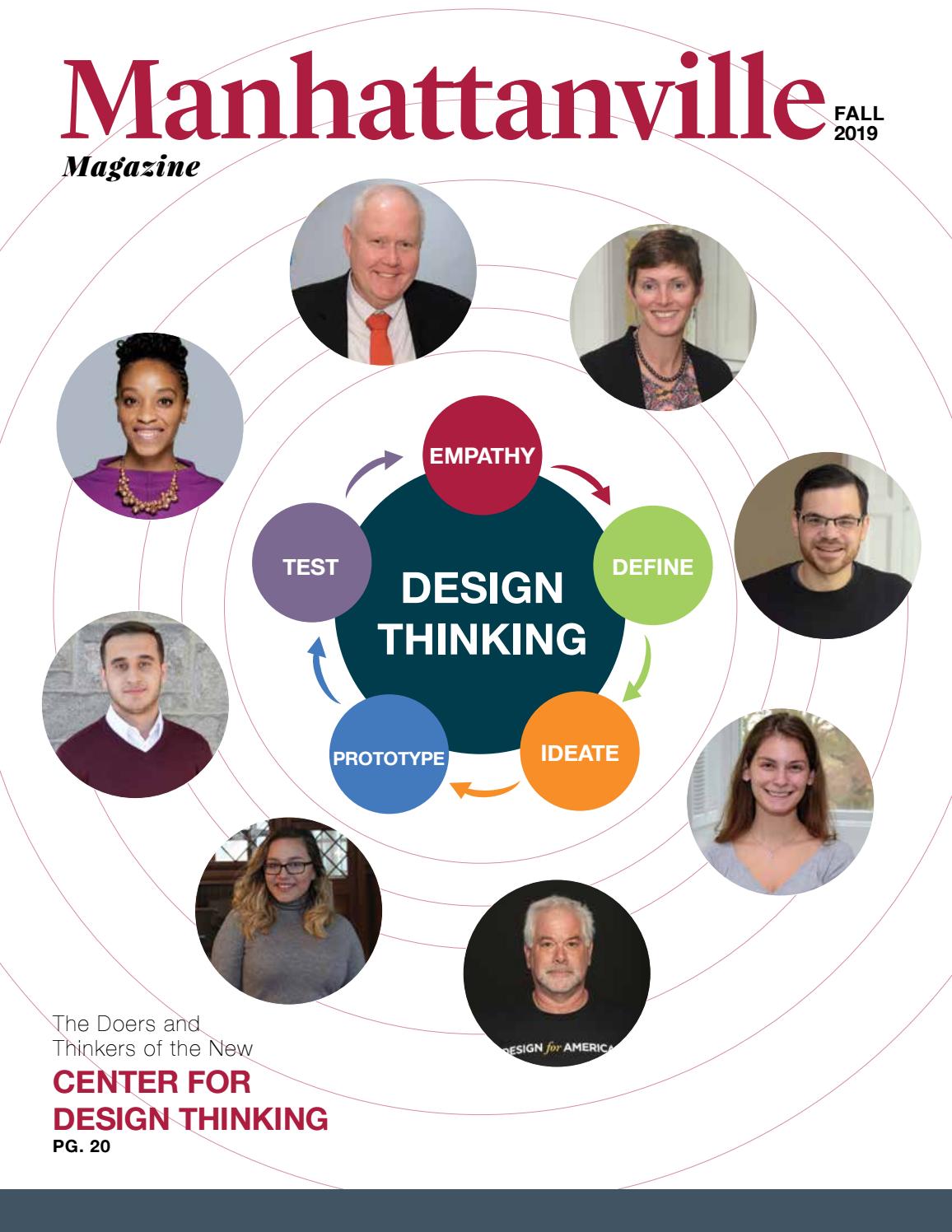Best high school admission consulting help with Manhattanville’s Jose Flores? A top performer who executes programs to reflect positively on company growth, higher education consulting initiatives, customer support, sales, finance, marketing, technology, and human resources. Demonstrative experience with initiating innovative strategies in both higher education and a startup environment strategies, resulting in industry issue resolution, with exemplary communication, interpersonal, instruction, and mentoring skills. Discover additional information on Jose Flores Manhattanville.

Change is the name of the game. Recruitment territories have to change, and budgets will need to be reallocated to support these new students; all a significant pendulum swing for a traditional group that does not take kindly to change. Although colleges and universities see the opportunities in front of them, many still go the traditional route. They are going from high school to high school, from community colleges to community colleges, and traveling abroad. Today, this conventional approach will not work. The isolation that was created by the pandemic forced both students and recruiters and university support staff to embrace technology. Going back to traditional ways won’t work. Allocating traditional budgets won’t work. Flexibility and a real plan that considers all this is the solution. Remember, for many of these students and families, paying for higher education will be one of the most expensive purchases they will ever make, so let’s treat them like important customers.
Manhattanville’s Jose Flores talking about student systems: Technology has helped me create attainable workflows for staff, market to students strategically, predict enrollment, and create a better experience for students and parents. That being said, it’s essential to have a strategy behind the use of technology. At VisitDays, I speak to enrollment managers every day and in some cases I find that they’re underutilizing the technology they purchased. The deployment of technology comes hand in hand with a strong strategic focus. Technology is essential to predict students at risk. ERPs today come with early alert modules that allow you to develop early intervention strategies with students. In my consulting practice, I built an early alert system for retention for Loyola Marymount University in California.
Many traditional colleges are missing key components for non-traditional students and are not fulfilling specific market demands. Recently, I analyzed IPEDs enrollment data for full-time undergraduate students enrolled in the state of New York. This data analysis suggested that there were 764,826 students enrolled in the colleges and universities in New York for fall 2018. The for-profit institutions owned a 5% market share that represented 37,949 students. That meant that these are 37,949 students that chose a non-traditional education path that more aligned to their current academic and career needs instead of choosing a traditional college or university. I dug deeper into this idea and selected two schools (1 for-profit and 1 not-for-profit) that were in the same geographical location, only a few miles apart, in New York State. I chose a major that was being offered in both schools – business. The results were astonishing. If the traditional institution offered business programs in the same way the non-traditional institution did and it was able to attract the students to attend the institution with a smarter strategy, then it would essentially double its total enrollment nearly overnight. There is room to develop academic programming that is useful and attainable to a non-traditional population.
Jose Flores Manhattanville talking about college financial aid: For example, Yale University, which awarded an average of $56,630 to international undergraduates who received aid in 2013-2014, accepted only 6.9 percent of applicants in 2013. Amherst College, which awarded international students $55,121 on average, had an acceptance rate of 14.3 percent. Below are the 10 colleges and universities that offered the most financial aid to international students during the 2013-2014 school year. U.S. News only considered schools that awarded financial aid to 50 international students or more. Unranked colleges, which did not submit enough data for U.S. News to calculate a ranking, were not considered for this report.
The College went from 600 full time undergraduates and 500 graduate students to about 3000 total students (1800 Undergraduate and 1200 Graduate students). I’ve worked with university system like the University of Massachusetts-Boston in June 2019 to help them bring in a class for September 2019. I played the role of lead consultant in this engagement. The results of the consulting engagement lead the University of Massachusetts-Boston to surpass enrollment for that year by 100 students. The difference in strategies in both time periods, although at its core similar, was dramatically different in its deployment. Today, managing a domestic admissions funnel requires the ability to interlace marketing initiatives that use SMS, email, genuine video content, and social media retargeting to both parents and students while creating memorable experiences for these families on campus. At the core of these new strategies, no different than in the past, was the ability to build relationships with students and families and prequalify interest, issues, and intent. Discover more info on https://www.nysacac.org/past-presidents.